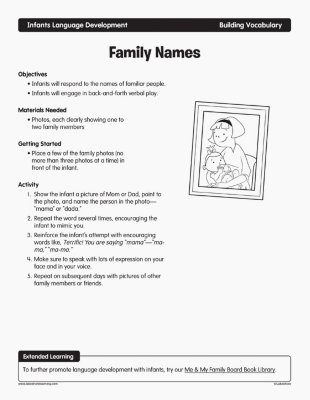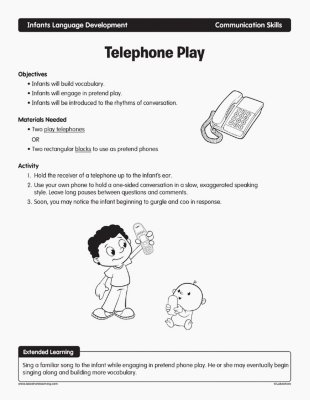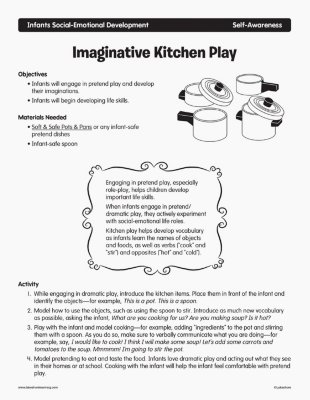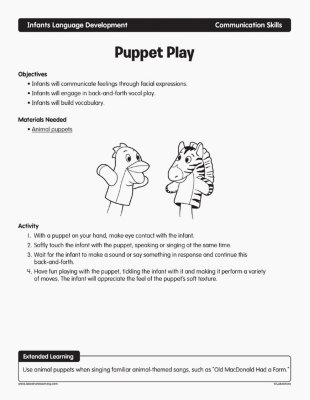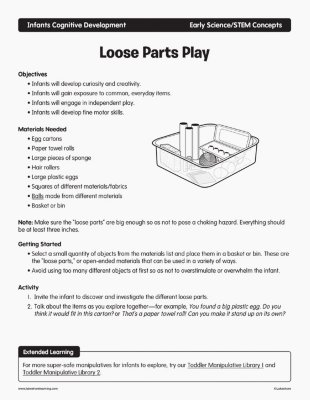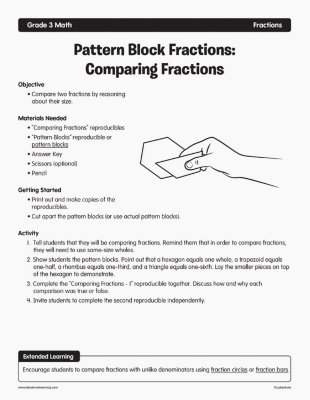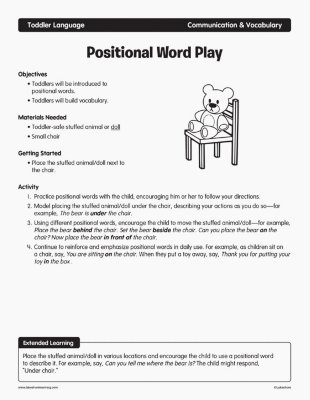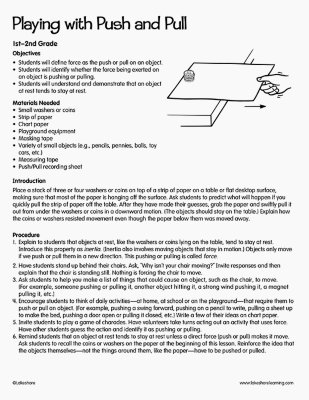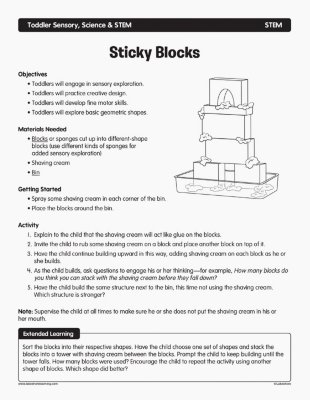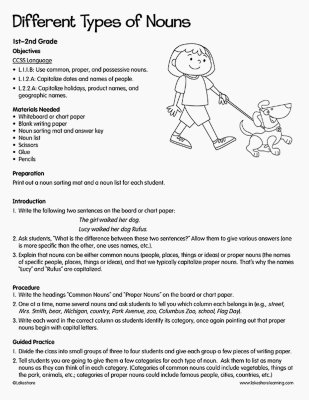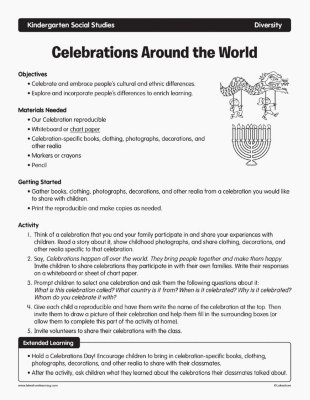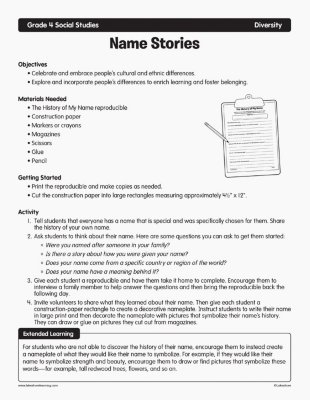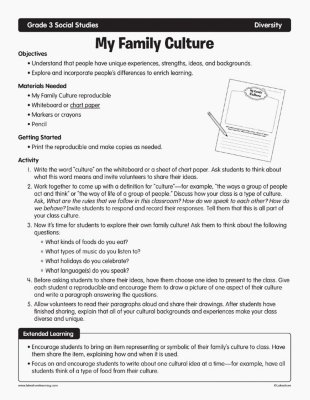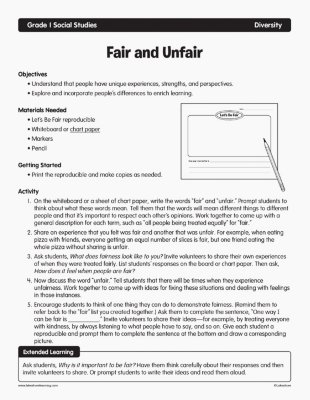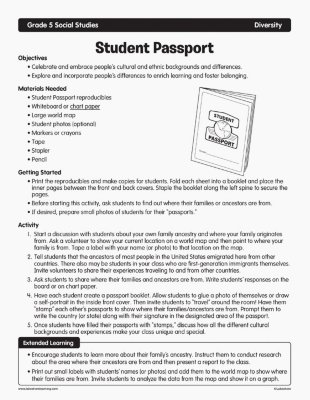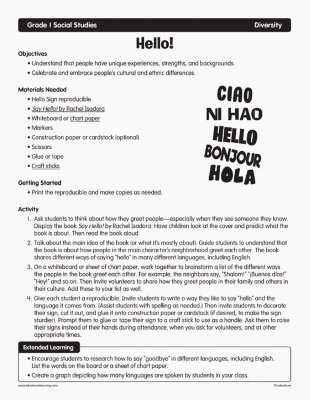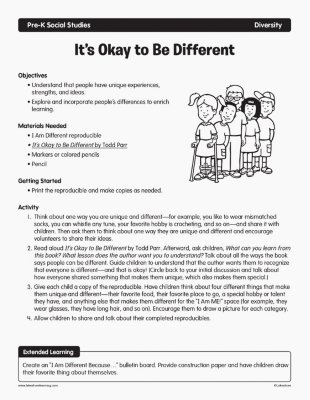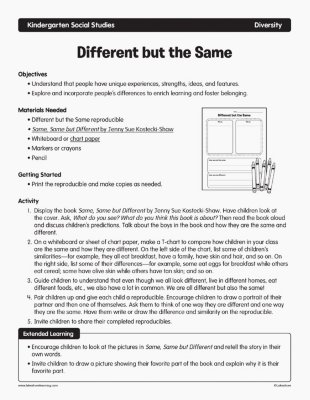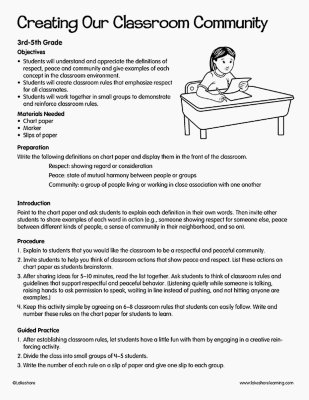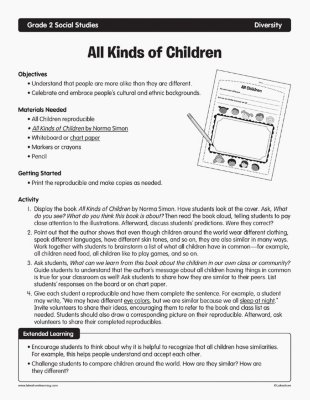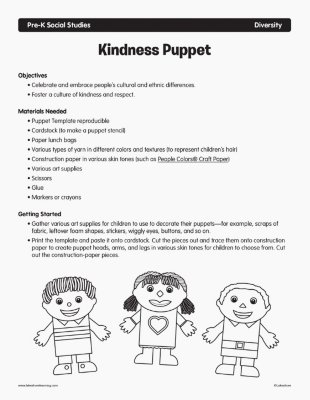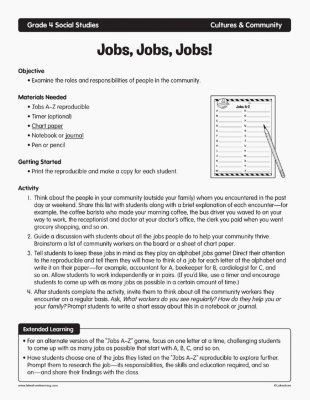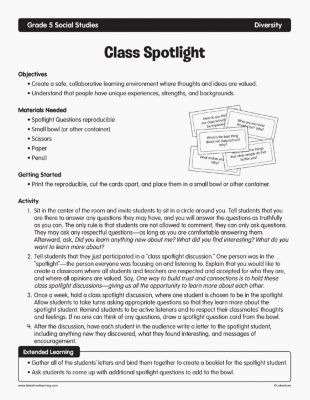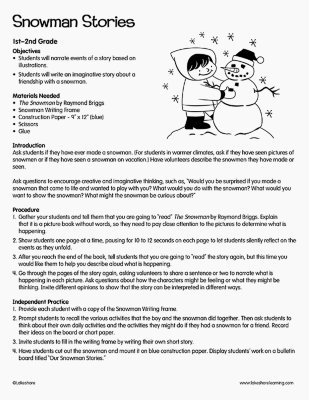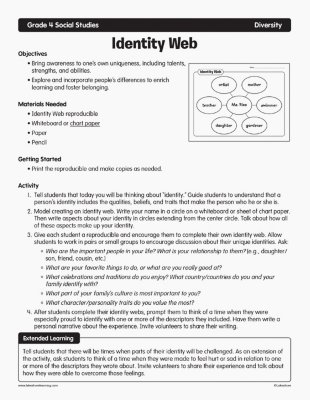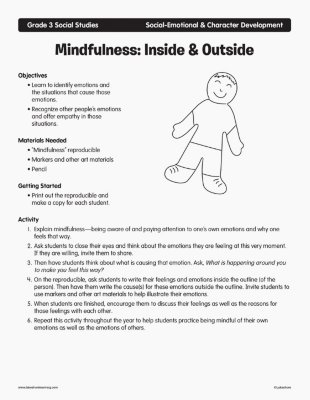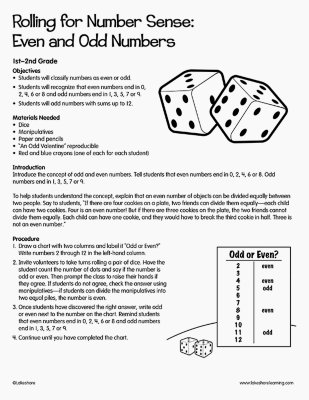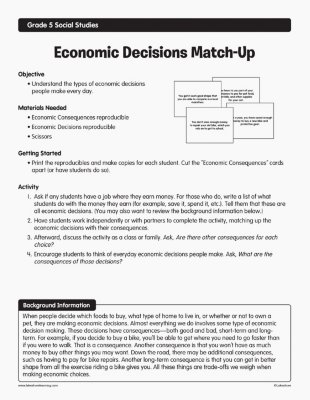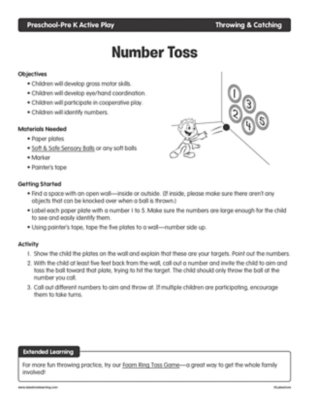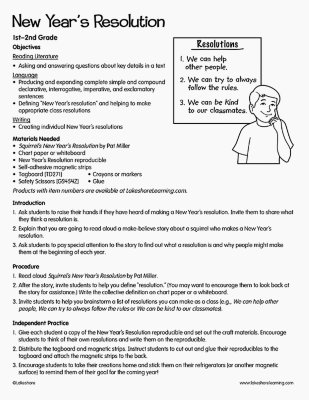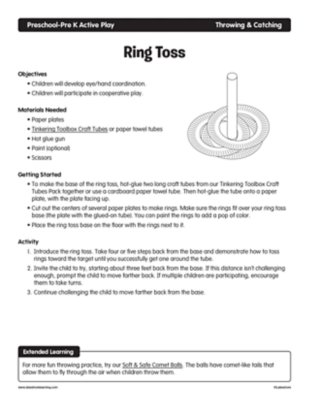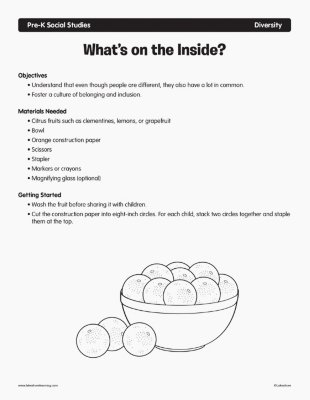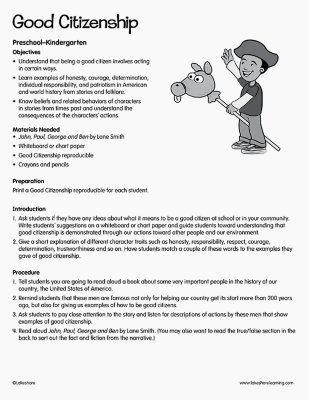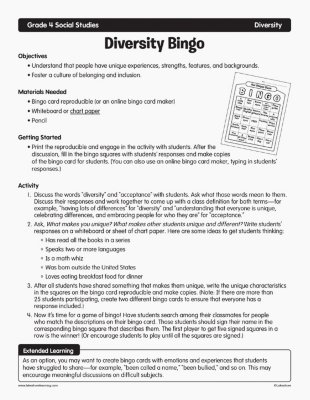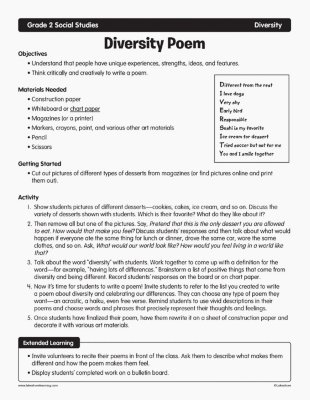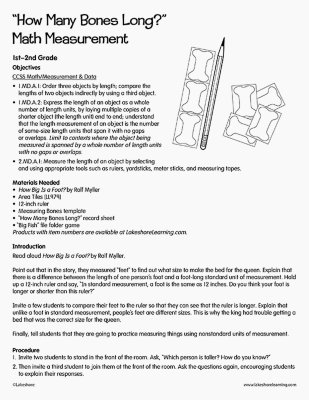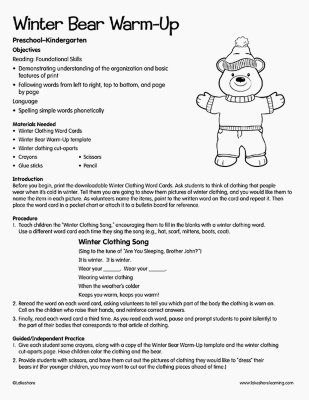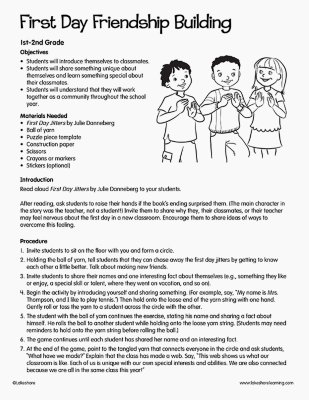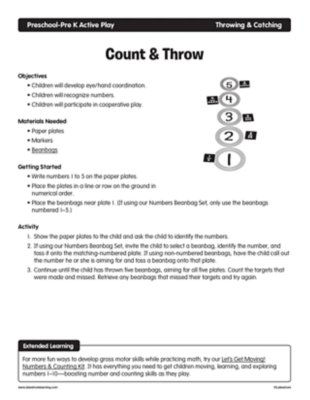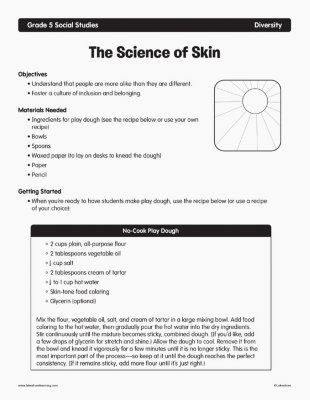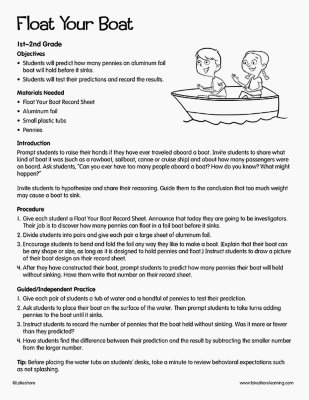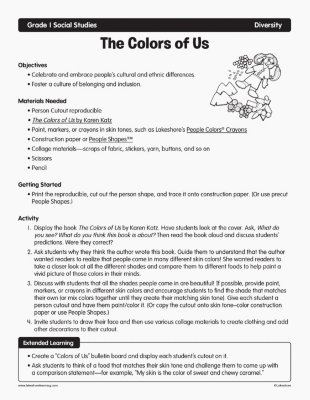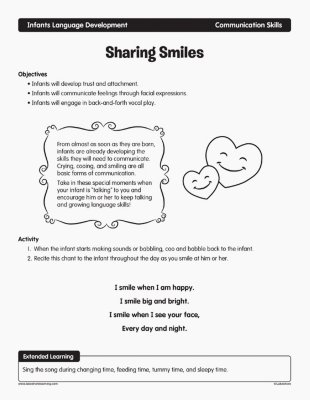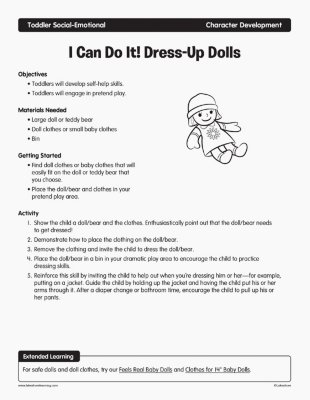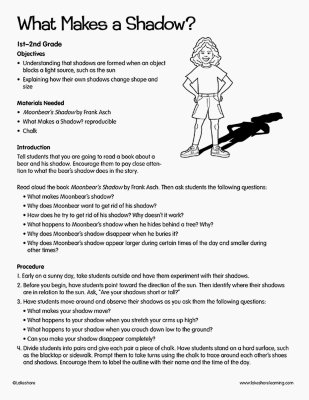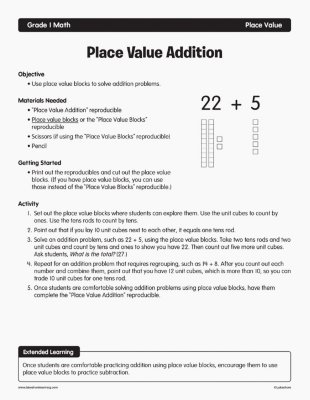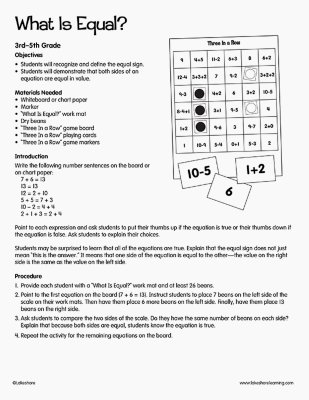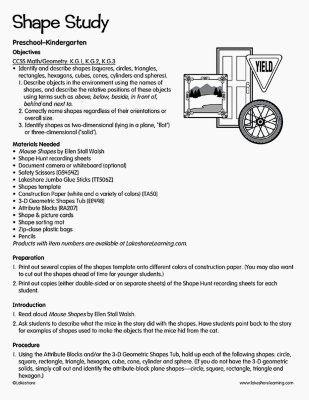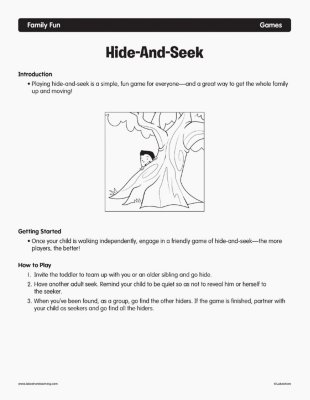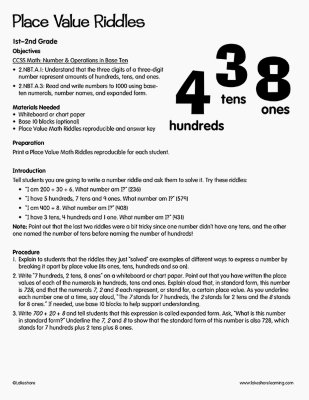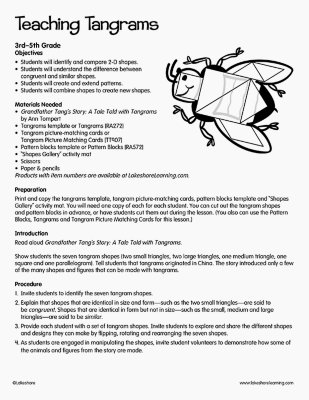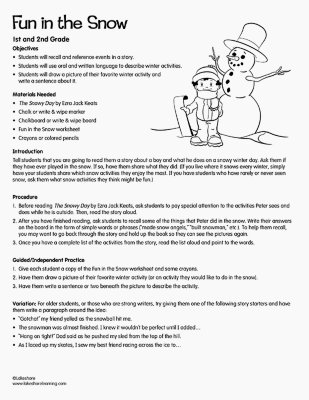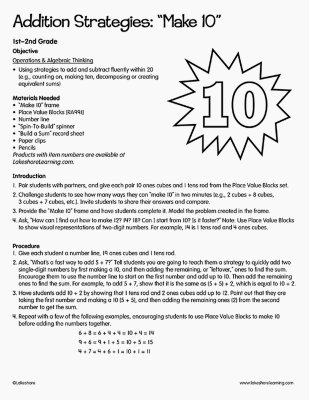Narrow by Grade
Grade
54 results for "block play people"
Objectives • Infants will respond to the names of familiar people.
• Infants will engage in back-and-forth verbal play.
Objectives
• Infants will build vocabulary.
• Infants will engage in pretend play.
• Infants will be introduced to the rhythms of conversation.
Objectives
• Infants will engage in pretend play and develop their imaginations.
• Infants will begin developing life skills.
Objectives
• Infants will communicate feelings through facial expressions.
• Infants will engage in back-and-forth vocal play.
• Infants will build vocabulary.
Objectives
• Infants will develop curiosity and creativity.
• Infants will gain exposure to common, everyday items.
• Infants will engage in independent play.
• Infants will develop fine motor skills.
Objective
- Compare two fractions by reasoning about their size.
Objectives
• Toddlers will be introduced to positional words.
• Toddlers will build vocabulary.
Objectives
• Toddlers will engage in sensory exploration.
• Toddlers will practice creative design.
• Toddlers will develop fine motor skills.
• Toddlers will explore basic geometric shapes.
Objectives
- Celebrate and embrace people’s cultural and ethnic differences.
- Explore and incorporate people’s differences to enrich learning.
Objectives
- Celebrate and embrace people’s cultural and ethnic differences.
- Explore and incorporate people’s differences to enrich learning and foster belonging.
Objectives
- Understand that people have unique experiences, strengths, ideas, and backgrounds.
- Explore and incorporate people’s differences to enrich learning.
Objectives
- Understand that people have unique experiences, strengths, and perspectives.
- Explore and incorporate people’s differences to enrich learning.
Objectives
- Understand that people are more alike than they are different.
- Celebrate and embrace people’s cultural and ethnic backgrounds.
Objectives
- Celebrate and embrace people’s cultural and ethnic backgrounds and differences.
- Explore and incorporate people’s differences to enrich learning and foster belonging.
Objectives
- Understand that people have unique experiences, strengths, and backgrounds.
- Celebrate and embrace people’s cultural and ethnic differences.
Objectives
- Understand that people have unique experiences, strengths, and ideas.
- Explore and incorporate people’s differences to enrich learning.
Objectives
- Understand that people have unique experiences, strengths, ideas, and features.
- Explore and incorporate people’s differences to enrich learning and foster belonging.
Objectives
- Understand that people are more alike than they are different.
- Celebrate and embrace people’s cultural and ethnic backgrounds.
Objectives
- Celebrate and embrace people’s cultural and ethnic differences.
- Foster a culture of kindness and respect.
Objective
- Examine the roles and responsibilities of people in the community.
Objectives
- Create a safe, collaborative learning environment where thoughts and ideas are valued.
- Understand that people have unique experiences, strengths, and backgrounds.
Objectives
- Bring awareness to one’s own uniqueness, including talents, strengths, and abilities.
- Explore and incorporate people’s differences to enrich learning and foster belonging.
Objectives
- Learn to identify emotions and the situations that cause those emotions.
- Recognize other people’s emotions and offer empathy in those situations.
Objective
- Understand the types of economic decisions people make every day.
Objectives
- • Children will develop gross motor skills.
- • Children will develop eye/hand coordination.
- • Children will participate in cooperative play.
- • Children will identify numbers.
Objectives
- Children will develop eye/hand coordination.
- Children will participate in cooperative play.
Objectives
- Understand that even though people are different, they also have a lot in common.
- Foster a culture of belonging and inclusion.
Objectives
- Understand that people have unique experiences, strengths, features, and backgrounds.
- Foster a culture of belonging and inclusion.
Objectives
- Understand that people have unique experiences, strengths, ideas, and features.
- Think critically and creatively to write a poem.
Objectives
- Children will develop eye/hand coordination.
- Children will recognize numbers.
- Children will participate in cooperative play.
Objectives
- Understand that people are more alike than they are different.
- Foster a culture of inclusion and belonging.
Objectives
- Celebrate and embrace people’s cultural and ethnic differences.
- Foster a culture of belonging and inclusion.
Objectives
• Infants will develop trust and attachment.
• Infants will communicate feelings through facial expressions.
• Infants will engage in back-and-forth vocal play.
Objectives
• Toddlers will develop self-help skills.
• Toddlers will engage in pretend play.
Objective
- Use place value blocks to solve addition problems.
Playing hide-and-seek is a simple, fun game for everyone—and a great way to get the whole family up and moving!
View Lesson Plan